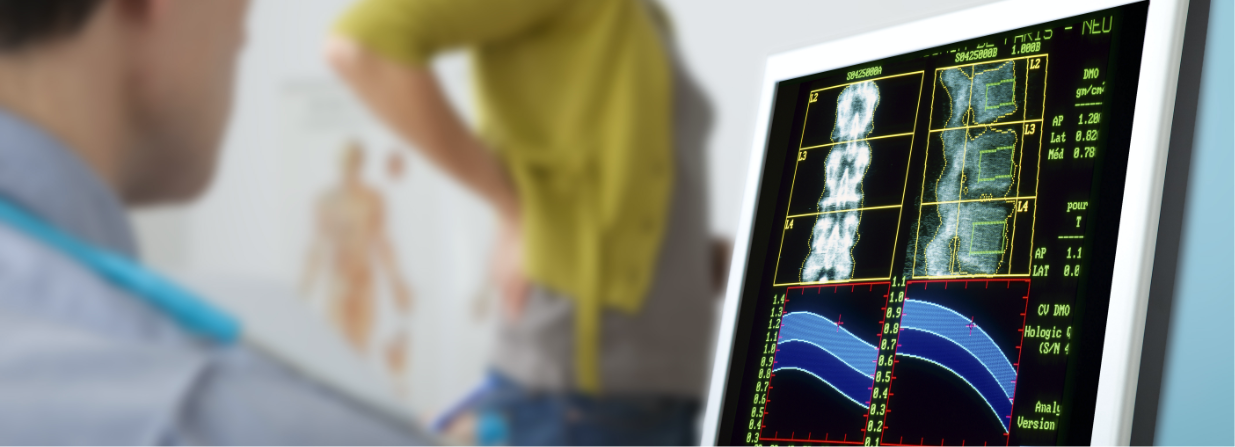Review some of the most commonly asked questions about cerebral angiograms:
- What is a cerebral angiogram?
- When are cerebral angiograms needed?
- How to prepare for a cerebral angiogram?
- What to expect during the procedure?
- Follow up after cerebral angiogram
What is a cerebral angiogram?
It is a minimally invasive diagnostic test conducted with a specialized X-ray and contrast dye. The x-ray image helps doctors find abnormalities of the arteries and veins including aneurysms, AVMs, and stenosis (narrowing) in the blood vessels of the brain.
During this diagnostic test, the doctor injects contrast into the arteries which enables us to have a detailed visual image of the blood vessels, including any abnormalities of the arteries or veins.
When are cerebral angiograms needed?
Cerebral angiograms are used to diagnose and help treat some conditions related to the blood vessels of the brain and neck. A cerebral angiogram can help diagnose the following:
- Arteriovenous Malformation (AVM)
- Aneurysms
- Dural arteriovenous fistula (dural AVF)
- Vasculitis
- Stenosis of the arteries
- Moyamoya disease
- Venous stenosis
Cerebral angiograms may also help your doctor to identify the cause of certain symptoms, such as severe headaches, slurred speech, loss of balance, changes in vision, dizziness, weakness, or numbness.
How to prepare for a cerebral angiogram?
A cerebral angiogram is a minimally invasive procedure that does not require much preparation. Before the diagnostic test, your doctor may ask you to stop taking certain medications that increase bleeding risk, such as nonsteroidal anti-inflammatory drugs, blood thinners and aspirin. You may also not be able to drink or eat after midnight before the procedure since you will likely be receiving some sedation. Consult your doctor about how you should properly prepare in your particular case.
What to expect during the procedure?
Most individuals are sedated during the procedure to provide comfort, minimize anxiety and to minimize any motion during the angiogram. The sedation will help you relax, and you may even fall asleep. Local anesthetic is used to numb the skin over the blood vessel of the leg or arm. A small catheter is then inserted into the blood vessel and maneuvered into the arteries of the neck using x-ray guidance. This is generally painless and patients do not feel the catheter.
Next, a contrast dye flows through the catheter and into the artery. The dye travels to the blood vessels in your brain. You may feel a few seconds of warmth when the contrast is injected. The doctor will take multiple X-rays while you hold still. After the procedure, your doctor will remove the catheter and place a dressing over the insertion site. The duration of the entire procedure is typically under an hour.
Follow up after cerebral angiogram
After the procedure, you will be in a recovery room for three to four hours, after which you may go home. In the recovery area you will be able to relax, eat food and be accompanied by a family member. At home, it is advised to avoid excessive bending of the leg or lifting heavy objects for about one week.
Soon after, your doctor will share the results with you and discuss specific follow-up tests and a treatment plan tailored for your particular case.

